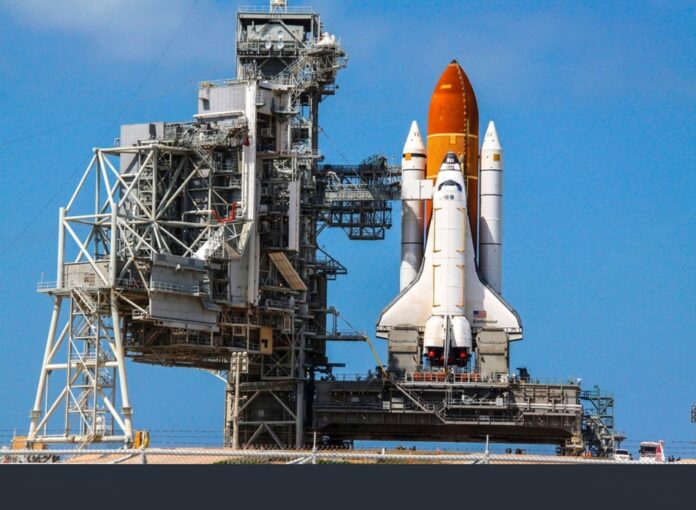Space Milestone:
- NASA sets Artemis III crewed Moon landing for September 2026.
- Astronauts will explore the lunar South Pole and test new technologies.
- U.S.-China space race heats up as both nations target rapid lunar return.
Mission Goals:
NASA officially confirmed the Artemis III mission will send American astronauts to land on the Moon as early as September 2026, marking the nation’s first surface mission since Apollo 17 in 1972. The crew will target the lunar South Pole, aiming to investigate its vast ice reserves and lay groundwork for future deep-space exploration. NASA leaders highlighted the mission’s collaborative focus—mixing new international partnerships, advanced commercial rockets, and the latest robotics.
Why It Matters:
Artemis III is key to long-term Moon exploration and setting up a platform for Mars research—both central to U.S. ambitions in the coming decades. The announcement also intensifies friendly competition with China, whose own lunar landing is targeted for 2030. NASA has stated this “new era of exploration” will bring not just technological breakthroughs and first-ever science at the South Pole, but also new global prestige for American spaceflight.
Wider Context:
Beyond its technical feats, Artemis III will inspire a new generation and drive commercial spinoffs from lunar experiments. Planned highlights include surface expeditions, sample collection, and testing of the Lunar Gateway—the new Moon orbital station.
Takeaway:
America’s next Moon landing sets the stage for international partnerships, bold science, and the return of U.S. boots to lunar soil.
Sources


